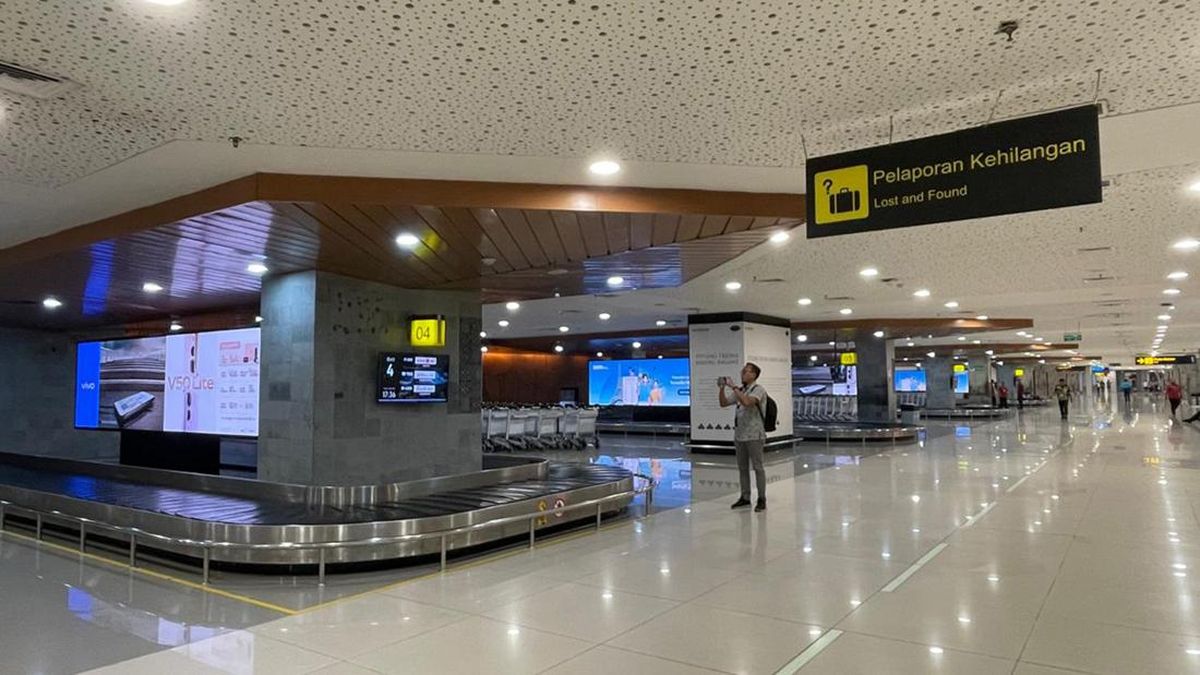Julia D’Orazio
October 11, 2025 — 12:17am
Before returning to Siem Reap, Cambodia’s famed ancient temple town, it had been about 17 years since I’d tasted Cambodian cuisine and became hooked on the national dish, amok: a steamed, turmeric-laced coconut fish curry.
Other than this standout dish – and giving a barbecued stuffed frog on a skewer a crack at a roadside stall (surprisingly delicious, by the way) – I couldn’t recall what else I’d eaten. Now I’m about to get a refresher course.

A lot has changed since my previous visit. Back then, roads were bumpy and Sihanoukville was a sleepy seaside town. I was armed with a second-hand Lonely Planet guide; the thick yellowing brick in my backpack tested my abdominal strength daily. This time around, there’s no heavy lifting. Food tour guide Heng Chheng Heang – who goes by the handle “Fila” – leads the way.
Our trip starts in Siem Reap. Streets are quiet and clean, traffic flows and tourists are sparingly spotted. Walking along Pub Street – the town’s designated party zone, akin to Bangkok’s Khao San Road – in the early evening isn’t as hectic as I remember. The neon signs have multiplied and trendy bars now spill out onto the kerb; the upgrade reflects the tourism boom that took place pre-COVID. Yet beer prices seem to be frozen in time; some all-day happy hours start from $US0.75 a brew.
We pass through nearby Old Market – a historic labyrinth of stalls selling souvenirs, knock-off designer items, handicrafts and fresh produce – and cross to Pokambor Avenue, the city’s famed street-food strip. It’s a hive of activity: vendor carts roll in, woks and barbecues burn bright, skewers turn, and oversized umbrellas, plastic tables, and chairs line the Siem Reap River.
“Without rice, we don’t call it a proper meal,” Heang says as we huddle around a bustling cart, each tucking into a num pang sandwich, like a cousin to Vietnam’s banh mi. A French-style baguette is layered with fatty pork, pate, pickled carrots, crispy cucumber slices and sprigs of coriander.

We relocate for our “proper meal” at Spoons Cafe & Restaurant. Established in 2016, the social enterprise provides hospitality and culinary training for underprivileged youths from around the country. The bamboo-roofed eatery’s menu channels the flavours of Cambodia’s 24 provinces, with contemporary flair. Tucking into bite-sized beef and pork “forest sausages” and a lady finger banana flower salad with tree ant dressing is a pleasing first.

Community goodwill continues at Angkor Wat. Heat exposure while exploring the UNESCO World Heritage Site is minimal, thanks to female-run tuk-tuk enterprise Driver Srey (meaning “woman”). The grassroots company trains women to become drivers, challenging local workplace norms. It was established by local woman Khoy Prokrotey in 2017 particularly to support divorced or widowed single mothers struggling to generate an income.

After each temple – Angkor Wat, Bayon and jungle-covered Ta Proh – our purple-clad driver hands us an ice-cold face towel and bottled water straight from a cooler. Even more pleasing is knowing that this outing is helping women. Khoy is keen to expand from the current cohort of 24.

“I don’t want to just do Siem Reap; I want to spread [Driver Srey] around Cambodia,” Prokrotey says.
Khoy isn’t alone in her efforts to create new opportunities for marginalised communities. Since 2010, Soksabike has provided vocational training for youths through cycling tours in Battambang, Cambodia’s third-largest city. We cycle back roads and leafy countryside, meeting local producers to experience “real Cambodia”.
Our workout is offset with feasting. In 2023, the northwestern city was designated a “City of Gastronomy” by UNESCO for its traditional recipes and fresh food production. Battambang is also known as the “rice bowl of Cambodia”, producing the region’s globally recognised phka rumduol jasmine rice.

The first stop on our tour is Donteav village. Far from the city’s French colonial architecture-lined streets, we venture behind a stilted family home to see how rice paper is produced. We catch the final steps of the two-person assembly line; the rice mixture is fashioned into thin circles the size of dinner plates and slowly rolled onto sheets of lattice to dry.

Other stops include local demonstrations and tastings of dried fruits, seasoned crickets, and nips of locally produced fruity rice wine at a backyard distillery. I’m offered a sip of snake wine – rice wine bottled with a coiled venomous cobra. I politely decline.

On another day, we set off on a village food tour of Preah Dak on the fringes of Siem Reap, known for its homemade rice noodles, in particular the Khmer dish num banh chok, a fragrant fish-based noodle curry.
Towering green palms partially shield the village’s low-rise shacks from the highway; at a glance, things seem unchanged in the ancient village. But there’s another tasty reason why Preah Dak attracts locals far and wide, according to Fila.

“The whole pig barbecue is a new attraction, since COVID times,” says Heang. “When Cambodians gather together we pay for one pig, which costs around $US150, marinate it with family ingredients, and cook it on the barbecue.”
“One family in the village tried to make it for everybody and didn’t expect it to be so popular.”

Roadside pig on a spit is now a fixture in the village. I feel like I’m gate-crashing family festivities as I take my place at a restaurant’s long table, metres from two butterflied pigs being roasted over charcoal. We are sandwiched between tables occupied by large local tourist gatherings feasting on lates of shaved pork and sides, and we soon do the same, embracing this new tradition. It’s one of many dishes that will stay with me, long after returning to Australia.
The details
Tour
Intrepid Travel’s eight-day Cambodia Real Food Adventure, from $1782. See intrepidtravel.com
The writer was a guest of Intrepid Travel.
Sign up for the Traveller Deals newsletter
Get exclusive travel deals delivered straight to your inbox. Sign up now.


















































